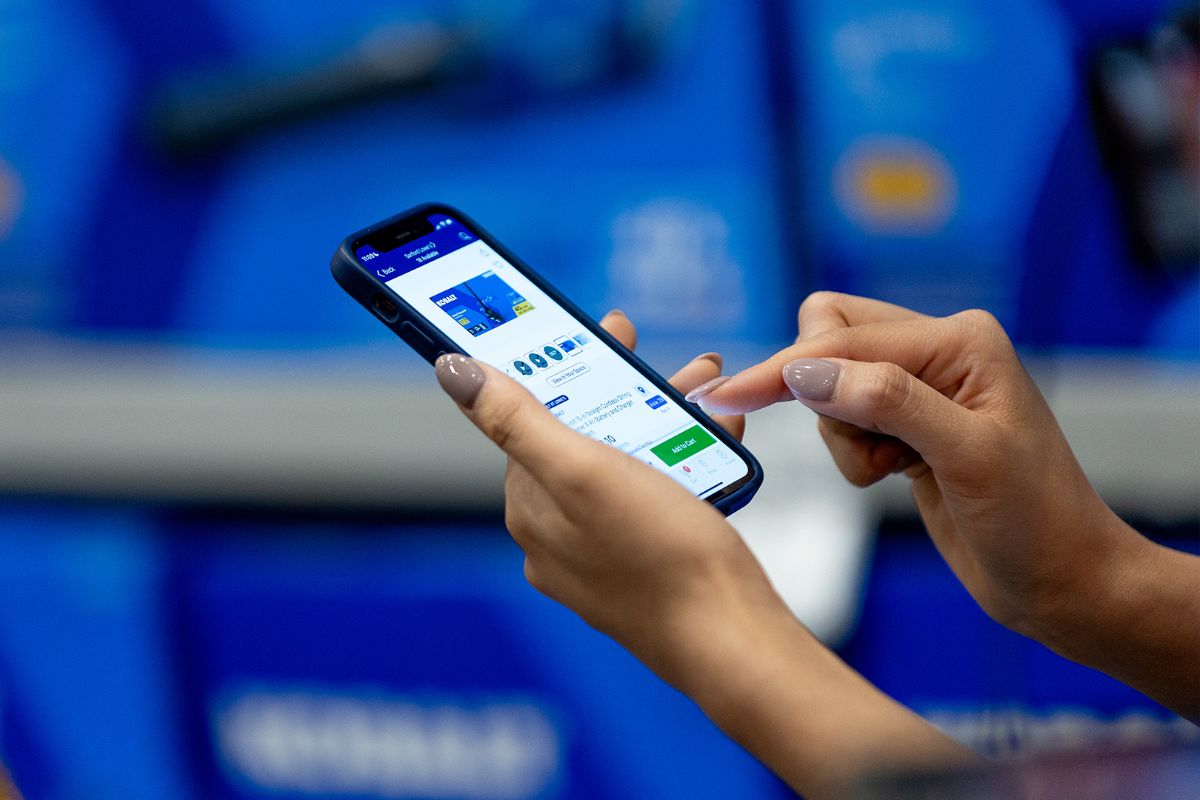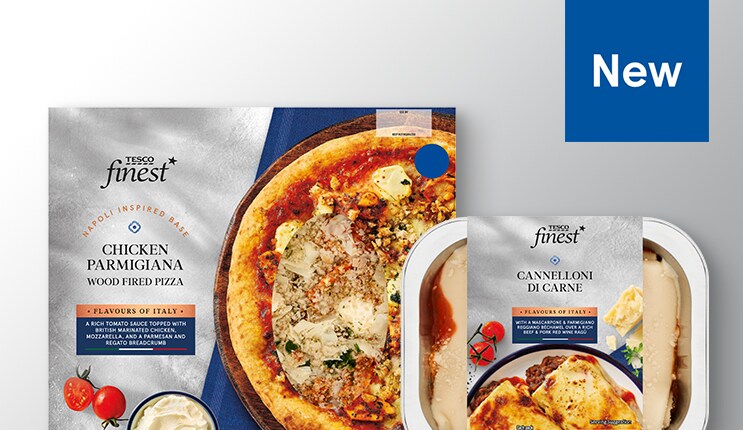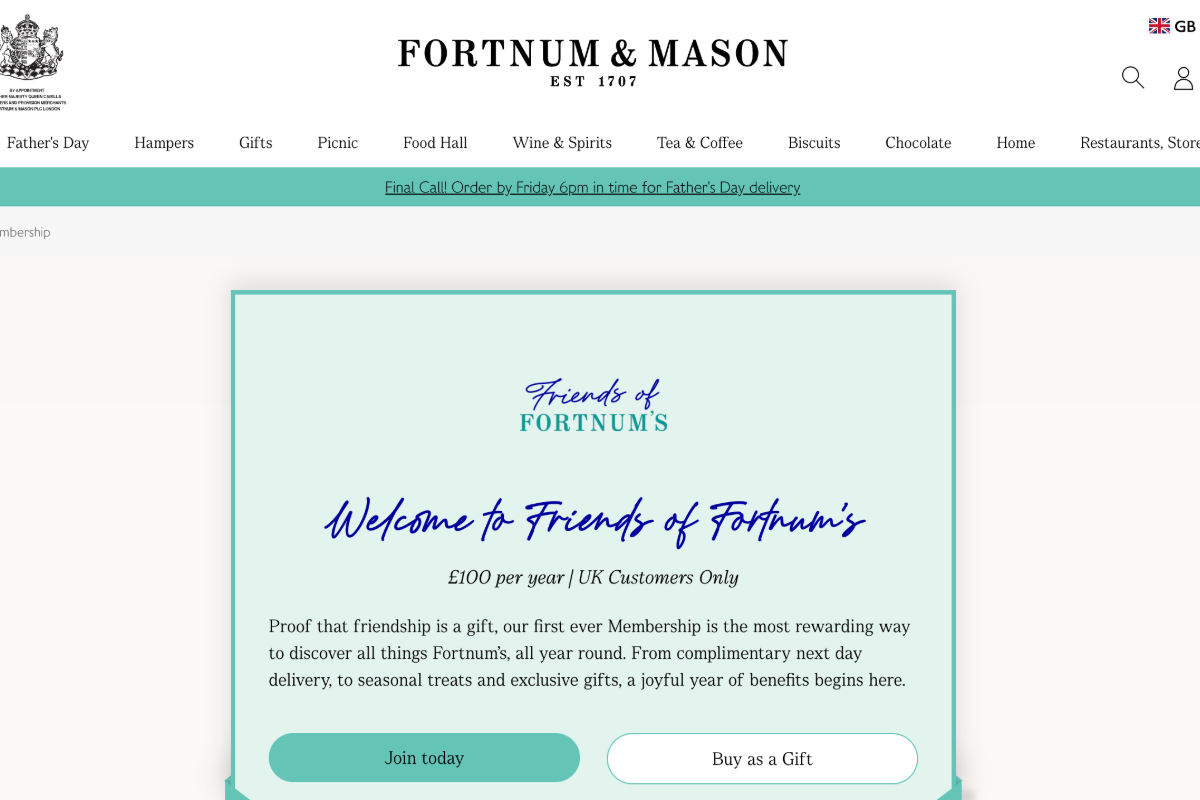A new study has shown that customers spend nearly five times more than the cost of delivery, often on goods they don’t want or need, simply to qualify for free delivery.
The study found that instead of paying an average of £3.99 for delivery, UK adults will instead spend £19 when online shopping on additional items in order to qualify for free delivery.
Paying the small delivery fee would cost UK adults £76m (based on one order each), instead they spend roughly £361m.
The study of 2,100 UK adults by Myfavouritevouchercodes.co.uk found that 71% of UK adults will do all they can to avoid paying online delivery charges. Half (51%) will spend extra to qualify for free delivery. 40% will abandon the online basket and shop somewhere else and 39% will shop around for free delivery codes online. Meanwhile, 15% will buy an annual next-day delivery pass while the same amount will order with a relative/friend to split the cost of delivery.
Almost half of those who spent more than it would have cost to just pay the delivery fee admitted they purchased items they didn’t necessarily want or need but liked the look of (47%), while one in three (34%) stated that they just ordered something else they wanted but hadn’t intended to buy just yet.
Julian House, managing director of Myfavouritevouchercodes.co.uk, said: “Some online shoppers can be incredibly stubborn when it comes to paying a delivery charge, as our survey results show. Ironically, in many cases, paying the delivery charge would be a cheaper alternative to the measures that some shoppers go to.”









